Fifty Shades of Gray
not broken, just different
February 2025
Author's Note: Please be aware that this story contains PG-13 content, including mature language and thematic elements that may not be suitable for younger readers.
I once thought I was straight.
I fell in love with a girl — enough to believe marriage was on the horizon. If certain things hadn’t happened, maybe I would have walked down that road, convinced this was what life was supposed to be. Thank God I didn’t. Because even then, something always felt… off.
Not just in the way I struggled to want what everyone else seemed to crave so easily, but in the way I constantly wondered if I was enough. If my love, as I knew how to give it, was enough. If the way I held her, the way I kissed her, the way I cared so deeply but hesitated at the parts that felt foreign to me — if all of that made me less.
And for the longest time, I thought it did.
There were nights when we were alone, nothing between us but the expectation of something more. I could feel it in the air, in the way she looked at me, in the way she waited. And I waited too — waited to feel what I was supposed to feel, waited for the part where desire would take over and everything would make sense. But it never did. Instead, I kissed her because I knew she wanted me to. I touched her because I thought I had to. I went through the motions, wondering if I was broken for not wanting what seemed to come so easily to everyone else.
I liked the closeness, the warmth of holding someone, the soft and passionate exchange of kisses, the way two bodies could exist in a space together without needing words. But when it came to the part that everyone seems to glorify — the physical side of love — I could never get myself to want it. I thought maybe nerves or anxiety were to blame, or maybe love itself would make things fall into place. But it didn’t. I did it because I thought I had to, because she wanted it, but it never felt real to me. Everything else — holding her, kissing her, being close — felt right. But that one part? I felt nothing. It was like I was performing, playing a role I wasn’t fully in, acting out what was expected but never truly living it.
And when I did it, it was because I thought I had to — because she wanted to. Like an unspoken expectation written into the fine print of every relationship. Everything was good. She was happy. We had plenty of that. But I felt nothing. It was a performance where I was both actor and spectator — performing for her, but staring at her, thinking… why? One audience clapping.
~ Years later ~
Then, I thought I was gay. Why?
I fell in love with a man, and everything unfolded the same way — the same kind of affection, the same quiet craving for closeness and warmth, but without the constant desire for sex. And yet, a lingering fear remained: what if what they wanted was something I couldn’t give? What if the safety I sought in their arms wasn’t the same thing they were searching for in mine?
I was confused. I liked girls. And now, I had fallen in love with a guy too.
So, I called myself bisexual.
That’s when the real conversations started. Or, rather, when I started realizing how little people understood.
“You’re just confused”.
“You just don’t want to pick a side”.
“Are you sure you’re not just in the closet?”
The logic made no sense to me. If I wanted to stay in the closet, wouldn’t I just call myself straight? Why was it so hard for people to comprehend that attraction isn’t black and white? I was always a soft person — “too emotional”, almost feminine — exactly what so-called “straight” boys saw me as. I was always closer to my female friends; it was easier to open up to them than to deal with egotistical men, so full of pride in their masculinity.
Well, spoiler alert — many of those same “straight” men wanted to get close to me when no one was watching. Wonder who’s really in the closet now?
Anyway…
I lost count of the times people tried to get me drunk just to extract the million-dollar answer — “Avik, are you gay?” As if my sexuality was some kind of riddle they were entitled to solve.
Why did they refuse to see that an entire spectrum exists between extremes? But here’s the spoiler — none of that mattered in the end. Because I wasn’t gay or bisexual either.
For the longest time, I searched for an answer, some kind of clarity that would finally help me understand myself.
I don’t fall for people easily. It takes time — long, slow, layered time. But when I do, I fall deeply. When I care, I care with every fibre of my being. I don’t just let go. I don’t simply move on. I hold on — because when I love, I love fully. And yet, something about my experience always felt different from what others described.
So, I turned to therapy.
After several sessions, my therapist tentatively offered me a word: Pansexual. The idea that gender wasn’t a factor in attraction — people love people, not categories. It made sense, and for a while, I thought I had found my answer. But something still felt incomplete. It explained why gender never played a role in who I loved, but not why I always hesitated at certain points of intimacy.
Because pansexuality, as I came to understand it, didn’t explain my relationship with desire. Pan people can experience attraction to anyone, but they still experience attraction — often fully, naturally, with ease. They love sex, or at the very least, don’t feel disconnected from it in the way I did. But for me, there was always a disconnect. A hesitation. A gap between what I felt emotionally and what I could genuinely want physically.
That’s when I started digging deeper. I came across identities people rarely talk about — the ones dismissed as ‘made-up’ simply because they don’t fit into the binary people are comfortable with.
People like labels when they can put them into neat little boxes. Straight. Gay. Maybe Bi, if they’re feeling generous. But the truth is, sexuality is a spectrum, not a checkbox. And the more I learned, the more I realized just how much people still don’t know.
Asexuality. Some people experience little to no sexual attraction. Some asexual people feel romantic attraction, some don’t. Some engage in sex for their partner’s sake, while others don’t care for it at all. Even within asexuality, there are nuances — demisexuality, for instance, where sexual attraction only happens after forming a deep emotional bond, or reciprosexuality, where attraction only emerges once someone knows the other person is attracted to them.
Even while writing this, one of the sexuality terms got the dreaded red underline — you know, that passive-aggressive way your computer tells you, ‘Are you sure about this?’ When I checked, it tried to autocorrect to vegan sexuality.
Now, I have no idea what that is, but I imagine it involves only dating people who exclusively consume ethically sourced affection, avoid all toxic relationships, and refuse to engage in any beef with their exes.
But of course, curiosity got the best of me, so I looked it up. Turns out, it’s exactly what it sounds like — attraction limited to fellow vegans. Makes sense, I guess? Love, but make it plant-based.
Microsoft, it’s 2025. Update your vocabulary on sexuality already! Are you listening?
The list goes on. And yet, whenever someone brings up these terms, people roll their eyes, dismissing them as internet inventions or labels for “special snowflakes”. But the truth is, these identities have always existed. The only difference is that now, we have words for them.
Then, I came across aegosexuality — and it stopped me in my tracks. Attraction without the inherent need for participation. A detachment between what the mind finds enticing and what the body craves. I know someone who identifies this way, someone I admire deeply. And for the first time, I saw myself in them.
It was like looking at a reflection of my own struggles — feeling something intensely in theory but hesitating when expectation entered the equation. It made me realise that I wasn’t alone in this. That maybe, I wasn’t broken. Maybe, there was an explanation for why I had always felt like an outsider in my own relationships.
And suddenly, I felt safe. Seen. Validated. In a way, I never had before.
But the truth is, I had loved this person long before I had the words to explain any of it—and I still do, more than ever. Long before I knew their sexuality. Before I understood my own. They are, and have always been, my favourite person on this planet. I’ve just never had the courage to say it out loud. Because in your whole life you have been abandoned, what if they don’t even like you?
Then, I found the word I had been searching for.
Graysexual.
Not fully asexual. Not fully allosexual. Something in between.
I am not asexual. I have feelings, intense ones at that. When I love, I love fiercely. When I’m close to someone, I want to be close — I crave touch, warmth, the unspoken comfort of someone who makes you feel safe. But that safety is everything. The moment expectation enters the space, the moment I feel like I owe something more than I can give, it shatters.
I don’t want nothing. I want intimacy. I want the feeling of someone’s breath against my skin, a hand in my hair, arms wrapped around me — and giving that same warmth in return. I want to know that I can give everything I have — except one thing. Or maybe, once in a blue moon, if it feels right. Only if there’s mutual desire. If it’s never an expectation, but always a choice.
But it’s not a necessity. It never has been.
Intimacy isn’t just about sex. It’s about connection. About those moments when nothing else exists but the warmth of another person — where touch is more than expectation, and closeness feels like home.
I don’t need it to be casual. I don’t need it to be meaningless. It has to be someone special. Someone who understands.
There’s a certain kind of ache in wanting something deeply — not just physically, but with every part of your being. The kind that pulls two people together until there is no space left between them, where closeness is more than just proximity.
I watched a film recently that captured this perfectly: Queer, directed by Luca Guadagnino. There’s a scene that lingers in my mind — two bodies pressed together, the magnetic force of skin against skin, breath mingling in the humid air, four arms wrapped tightly, an unshakable certainty of wanting and being wanted. No hesitation. No pressure. Just the undeniable pull of connection. The kind so deep, so consuming, that nothing else exists beyond it.
That’s the kind of intimacy I crave. Not one dictated by obligation or assumption, but one that simply is — natural, mutual, free of expectation. And in that moment, it clicked. That’s what I had been searching for all along.
And yes, it’s complicated. Especially when you discover this about yourself in your thirties, after years of trying to mould yourself into definitions that were never meant to fit.
But the truth is, we don’t talk about this enough. We don’t talk about how sexuality isn’t a two-box system. We don’t teach people that desire — just like love — exists in layers, in shades, in spectrums.
We need to normalize these conversations.
We need to stop reducing intimacy to one single act.
There’s a lot more I could list here, but the point isn’t to name every possibility — it’s to understand that sexuality is not black and white. Everyone should educate themselves, not just for the sake of knowledge, but to recognize and respect the shades in between. Because when you meet someone who belongs in the grey, you should see them for who they are, not who you assume they should be.
And most importantly, we need to understand that there is no wrong time to figure out who you are.
It’s never too late to find yourself.
Because at the end of the day, love, intimacy, and desire — no matter where they fall on the spectrum — should always be safe.
A few of the sexuality flags mentioned in the story
Straight

Gay
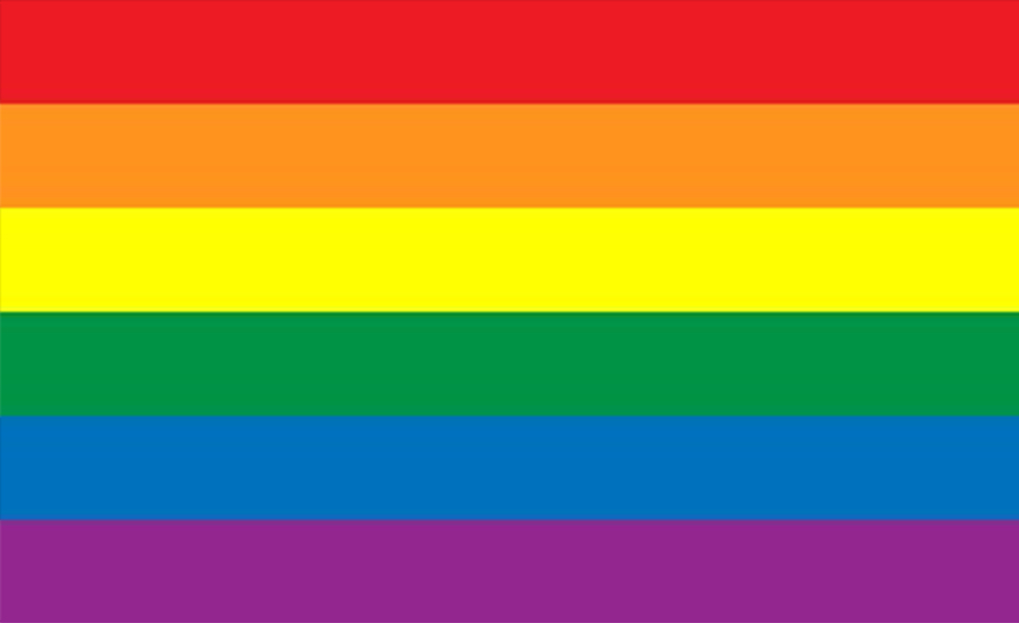
Bisexual
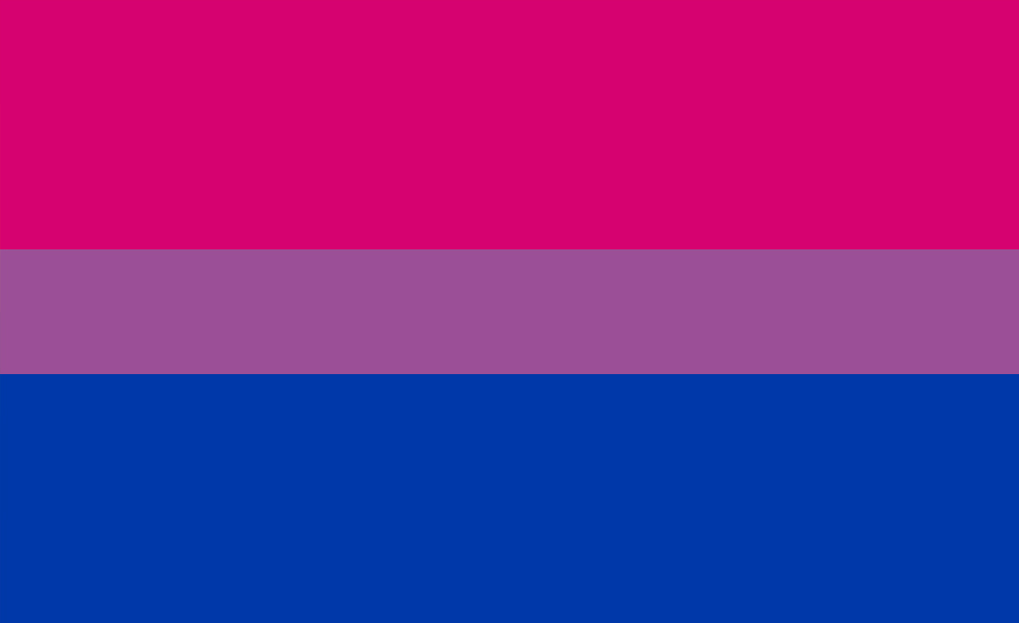
Pansexual

Asexual

Demisexual

Aegosexual

Graysexual
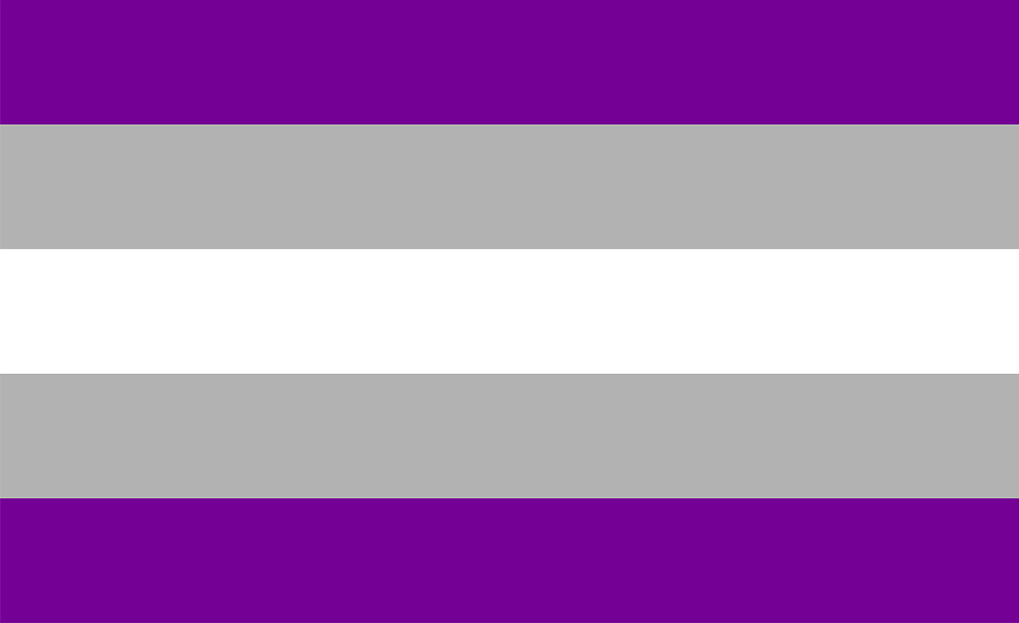
Vegansexual
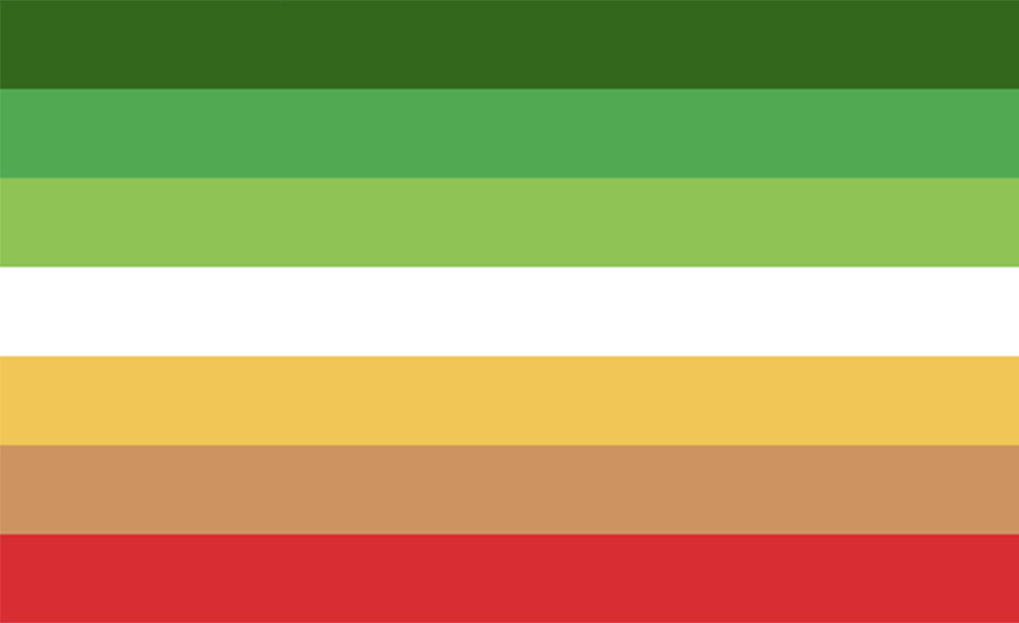
Reciprosexual
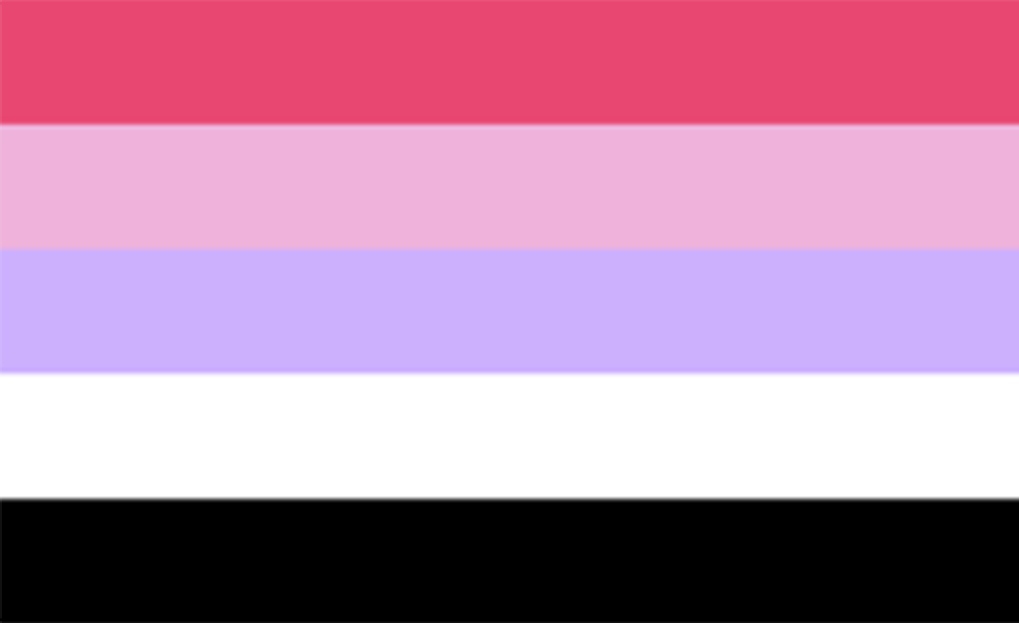
LGBTQIA+
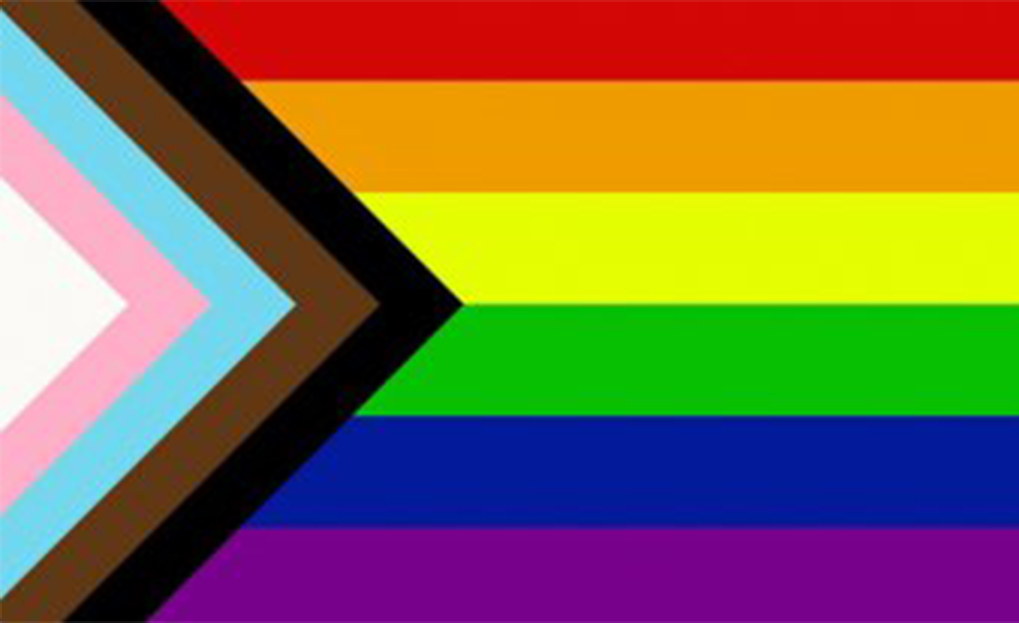
Leave a comment
Let us know what you think. Can you relate yourself to this story?
Grateful for Your Time
Thank you for being here and supporting this journey. May you carry the inspiration, hope, and stories shared here with you always.
All images, drawings, research, stories, and content are exclusively generated by the authors and are protected by copyright. Unauthorized reproduction, copying, printing, publishing, or sale of any material is strictly prohibited without prior written approval from the copyright holders. Any infringement will be subject to legal action. Thank you for respecting the intellectual property rights of the creators and authors involved in the production of this content.
Acknowledgement of Traditional Custodians
We pay our respects to the Aboriginal and Torres Strait Islander ancestors of this land, their spirits and their legacy. The foundations laid by these ancestors gives strength, inspiration and courage to current and future generations, both First Nations and non-First Nations peoples, towards creating a better Queensland.
